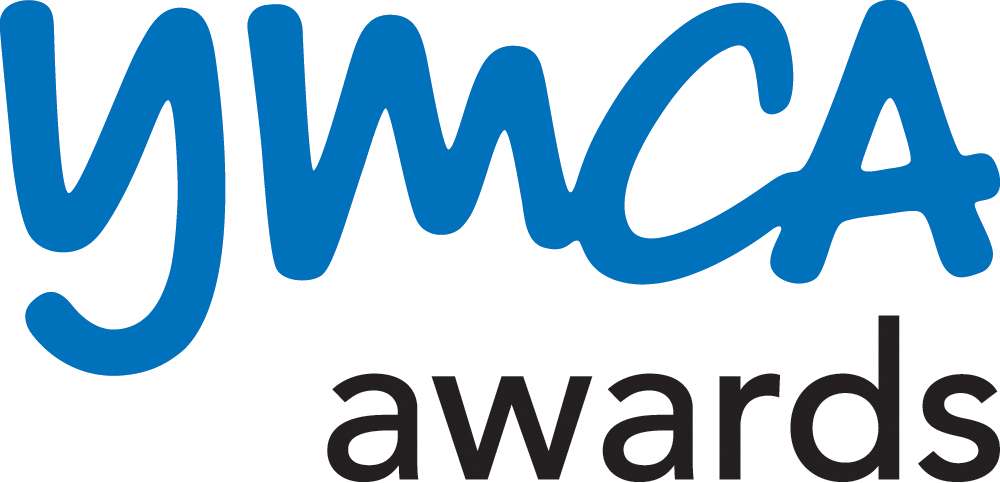How we determine the level and size of our qualifications
|
Have you ever wondered what makes a qualification a “level 2 award” or a “level 3 diploma”? In this blog post we outline how we make decisions about level of demand, guided learning hours (GLH) and total qualification time (TQT).
Determining level of demand
When designing our qualifications, we aim to produce content that targets:
This includes careful consideration of the action verbs used (e.g. Identify, describe, explain etc) against the requirements for occupational competence and our regulators’ levelling descriptions (see Ofqual levelling descriptors). However, the overall level of each unit is only determined after its content has been finalised.
The levelling descriptors use a hierarchical ordering of cognitive skills and allocates specific levels according to the depth/detail of:
The unit is then assigned the level which corresponds to the predominant levelling criterion used by its content.
Determining the size of a qualification
The size of a qualification (Award, Certificate, Diploma) is determined by the total qualification time (TQT) assigned to the qualification. TQT is an estimate of the total amount of time – measured in hours – that the average learner would reasonably need to be able to show the level of achievement necessary for the award of a qualification.
TQT is made up of the following two elements:
Guided learning includes:
It does not include unsupervised learning such as:
Our process for determining the level and size of a qualification
1. Independent review of the qualification content by two subject matter experts
Subject matter experts review the content within the qualification specification – with reference to their own experience, similar qualifications and the Ofqual levelling descriptors – to assign values for:
Often this activity is completed using members of the YMCA Awards team, who have a lot of experience teaching and assessing qualifications within health, exercise and wellness. We supplement the decisions from our internal team with external subject matter experts we call “Technical Contributors”.
2. Standardisation with Lead Quality Manager
All subject matter experts involved in reviewing GLH, TQT and levelling meet, along with our Lead Quality Manager/Quality Manager (also a subject matter expert). They discuss their guided delivery, independent study time and level of demand values. Where values differ, the subject matter experts explain the rationale for their decision.
The Lead Quality Manager/Quality Manager applies their knowledge of our centres to support discussion of the rationales to reach consensus on the appropriate values.
3. Sign off
The Responsible Officer reviews the evidence and justification for GLH, TQT and level of demand to confirm the correct process had been followed to reach the values.
Where evidence is sufficient to support justification of GLH, TQT and level of demand values, the judgements are confirmed as signed off.
4. Ongoing review
Once a qualification has launched, we collect feedback from our centres on level of demand, GLH and TQT to ensure that the values assigned remain appropriate. Feedback can come through surveys, as part of our external quality assurance process or through other interactions with our training providers.
Where feedback suggests that we have under- or over- estimated the level of demand, GLH or TQT, we review the qualification and make changes where this is appropriate to ensure our qualifications remain fit for purpose.




